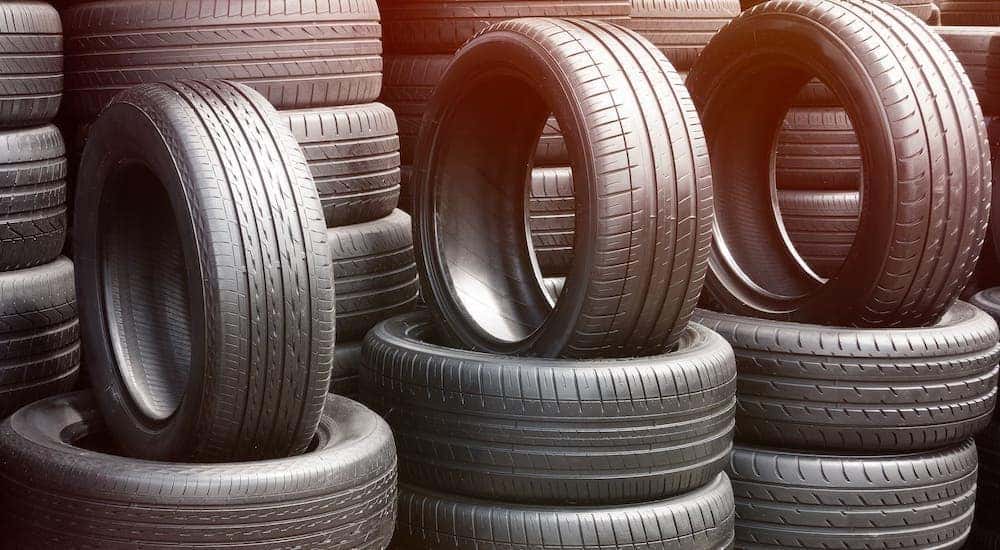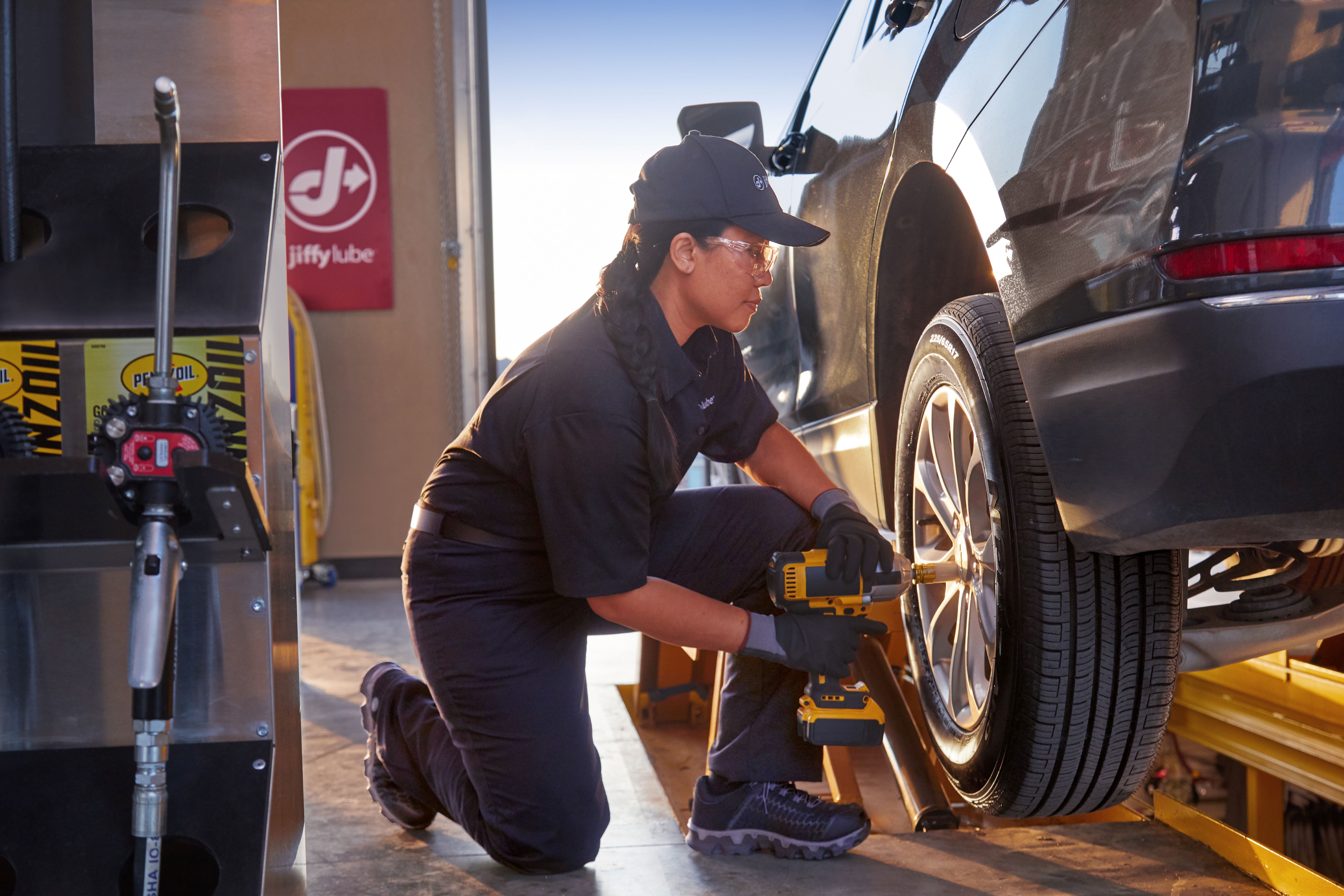Tire Service: Recognizing Tire Pressure Tracking Solutions
Understanding Tire Pressure Monitoring Systems (TPMS) is an essential facet of maintaining optimal automobile efficiency and security on the road. With improvements in automotive technology, TPMS has become a typical attribute in modern-day vehicles, supplying real-time details on tire pressure degrees.

Importance of TPMS
The significance of Tire Stress Tracking Equipments (TPMS) hinges on their capacity to boost lorry security and performance through real-time monitoring of tire stress levels. Preserving the right tire stress is critical for making sure ideal handling, braking, and total security of an automobile. TPMS supplies drivers with instant comments on any kind of overinflated or underinflated tires, enabling timely adjustments to be made.
Components of TPMS
Making up different important components, a Tire Stress Tracking System (TPMS) operates as a sophisticated safety function in modern-day cars. The main parts of a TPMS include sensing units, a control component, and a caution indication. Sensors are typically located in the tire valve stem or connected to the wheel assembly, where they gauge tire pressure and transmit information to the control component. The control component processes this details and activates a caution if it identifies considerably low pressure in any of the tires. The warning indicator, frequently a sign on the dashboard, notifies the chauffeur to examine the affected tire or tires. Some advanced TPMS designs also display the actual tire stress analyses for every tire, offering vehicle drivers with real-time information to make sure optimum tire performance and safety. By keeping track of tire pressure constantly, TPMS helps stop accidents, lowers tire wear, and improves fuel efficiency, making it an essential element for vehicle security and performance.
Sorts Of TPMS

On the various other hand, indirect TPMS depends on the vehicle's wheel speed sensors to keep an eye on tire pressure. This system spots underinflation by comparing the rotational rates of the wheels. Indirect TPMS is less pricey than direct TPMS, as it makes use of existing sensors within the vehicle.
While straight TPMS provides extra accurate analyses, indirect TPMS is easier in design and typically needs less upkeep. Both systems have see here their limitations and benefits, and the option in between them frequently anchor depends upon aspects such as expense, vehicle make, and personal choice. Recognizing the differences between these two sorts of TPMS can assist vehicle owners make informed choices regarding tire maintenance and safety and security.
TPMS Maintenance Tips
Conduct regular checks on the tire stress levels and compare them with the TPMS readings to ensure they are consistent. During tire rotation or substitute, make certain that the TPMS parts are handled carefully to prevent any type of possible damages. If the TPMS warning light brightens on the control panel, address the problem immediately by inspecting the tire pressures and the total system for any kind of mistakes.
Advantages of Correct Tire Pressure
Maintaining appropriate tire stress, as stressed in TPMS Maintenance Tips, is important for gaining the many advantages associated with optimal tire stress degrees. Additionally, proper tire stress makes sure also tire wear, prolonging the life expectancy of the tires and advertising safer driving problems. In final thought, the advantages of appropriate tire stress go beyond just tire durability; they include improved fuel effectiveness, enhanced security, much better automobile performance, and general driving comfort.
Conclusion
To conclude, recognizing tire pressure tracking systems (TPMS) is vital for keeping optimum tire stress and making sure car safety. By acknowledging the value of TPMS, knowing with its components, recognizing the different types offered, adhering to appropriate upkeep ideas, and look here recognizing the advantages of keeping proper tire stress, drivers can enhance their driving experience and prolong the life expectancy of their tires. Proper tire pressure is essential to secure and effective lorry operation.
